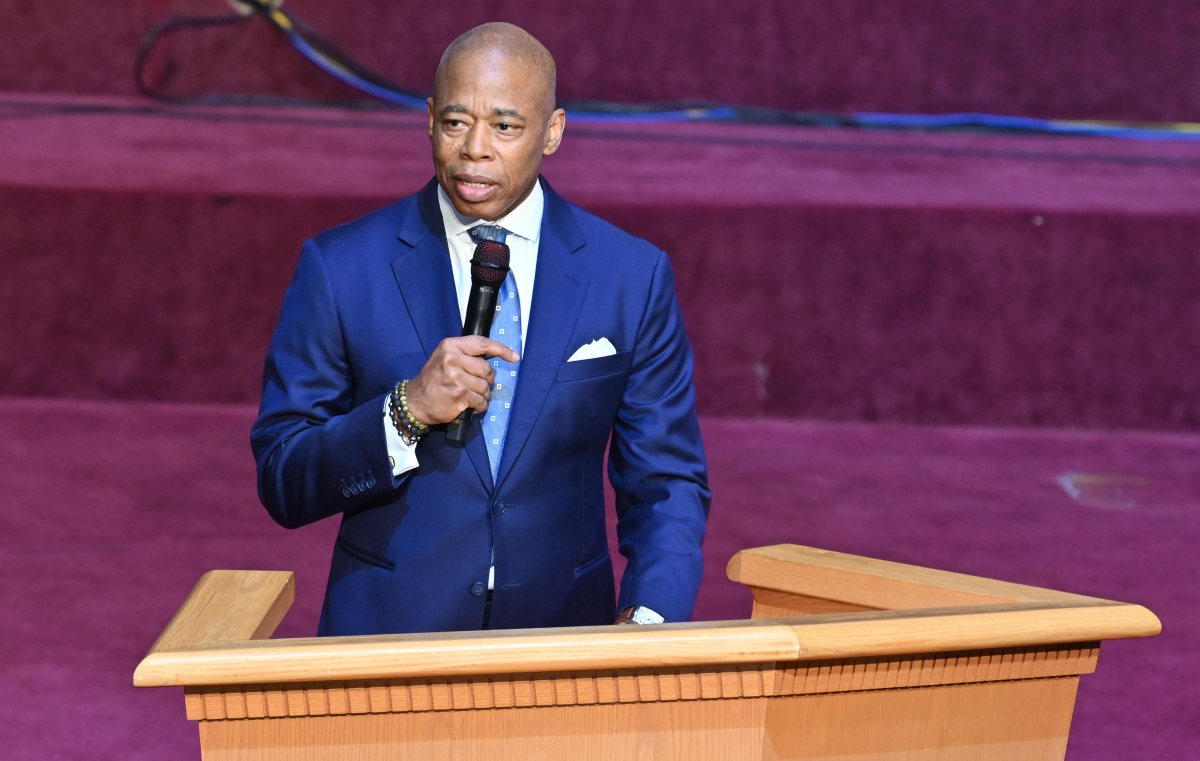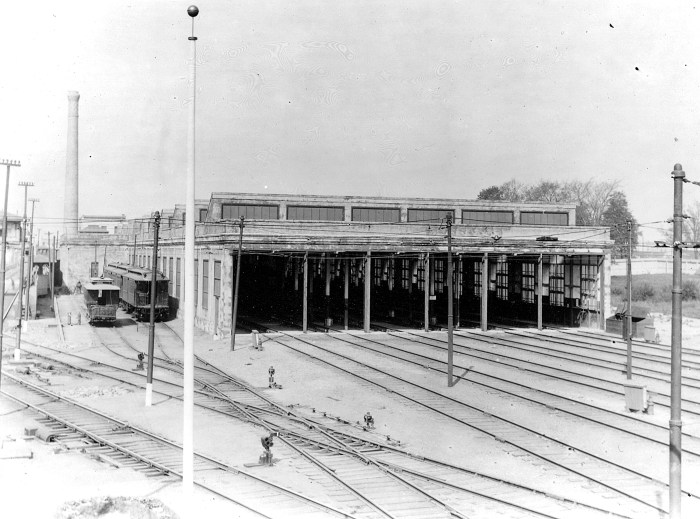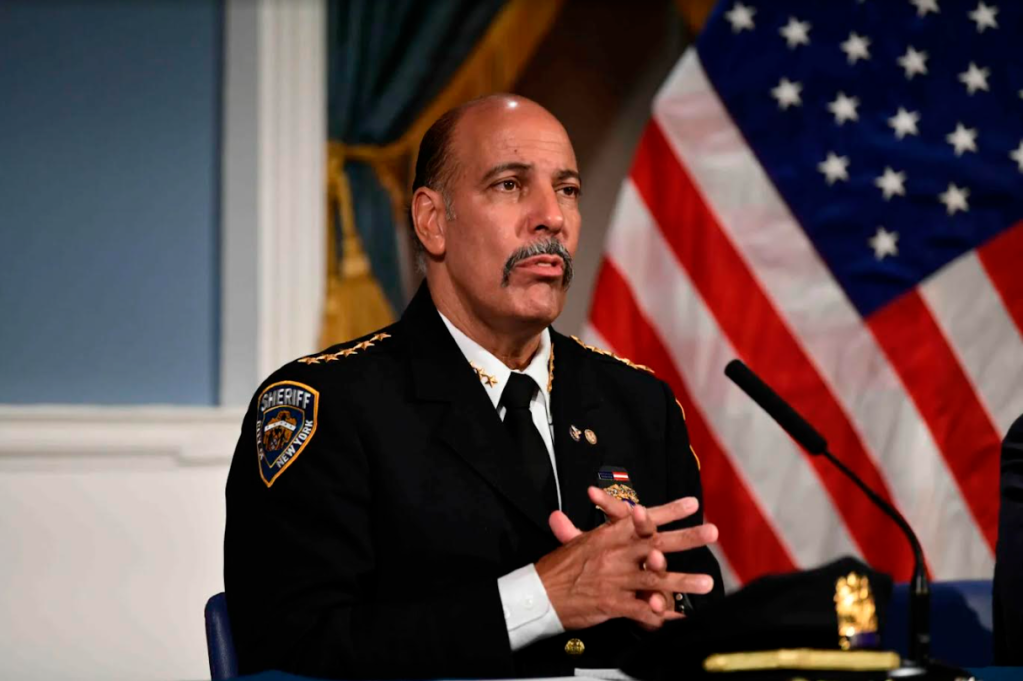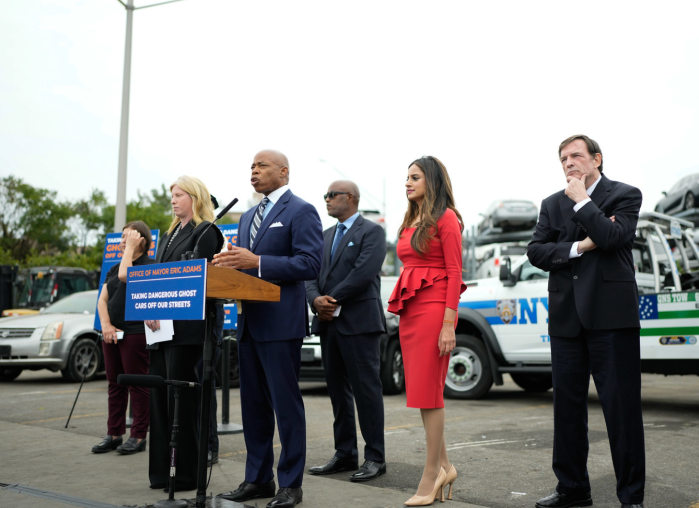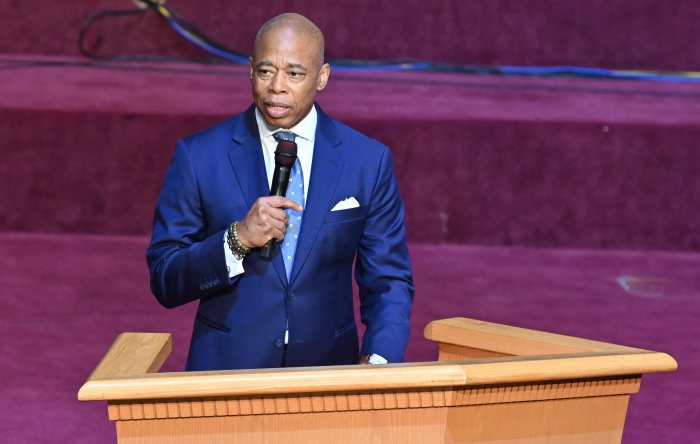More green is coming to western Queens. Trees – that is.
The City Parks Foundation officially launched the “Greening Western Queens” project recently where residents learned about an effort to plant close to 850 trees in the area.
“Sunnyside needs more trees. Years ago, there were trees everywhere, but they either died off or got cut down,” said Joe Gurrado, a lifelong Sunnyside resident.
The neighborhoods in the proposed area were once home to blocks of tree-lined streets, Gurrado said. But over the years, the once verdant canopy of those blocks atrophied and was never replaced. Now with money and a concerned community, residents, advocates and the city want to restore these communities with a stronger arboreal presence.
“One of the things about these districts is that there is a much lower percentage of tree coverage relative to the rest of the city,” said Jason Schwartz, director of the Partnership for Parks, one of the organizations leading the charge to plant the trees.
The area that will receive the new trees encompasses parts of Astoria, Long Island City, Sunnyside and Woodside where a 2006 blackout left about a 100,000 residents without power for nine days.
The project stems from a settlement between Con Edison and the Western Queens Power for the People Campaign, a nonprofit that advocated for reparations from the utility company.
The greening project will receive $3.39 million from a New York-based charitable organization chosen to handle the funds received in the settlement.
The kickoff event held last weekend was a way for the organizations that partnered in the initiative to work together and get feedback from the community.
Those that visited Vincent Daniels Square in Sunnyside were encouraged to suggest potential spots for new trees and learned how to take care of them once planted.
Additional trees are more than just a beautification of neighborhood blocks – they have environmental and health impacts too.
“The very important thing that the trees will bring is to make the temperature in general lower than the places without trees,” said Yi-Wen Lin, greening coordinator for the project.
Lower temperatures would result in less energy being used to power air conditioners or fans, she said. Some secondary advantages include reduced storm water runoff that causes flooding and strains on the sewer system.
The ideal time to start planting trees is once the weather cools down and foliage falls from the trees in October, she said. That’s when the greening will begin.







